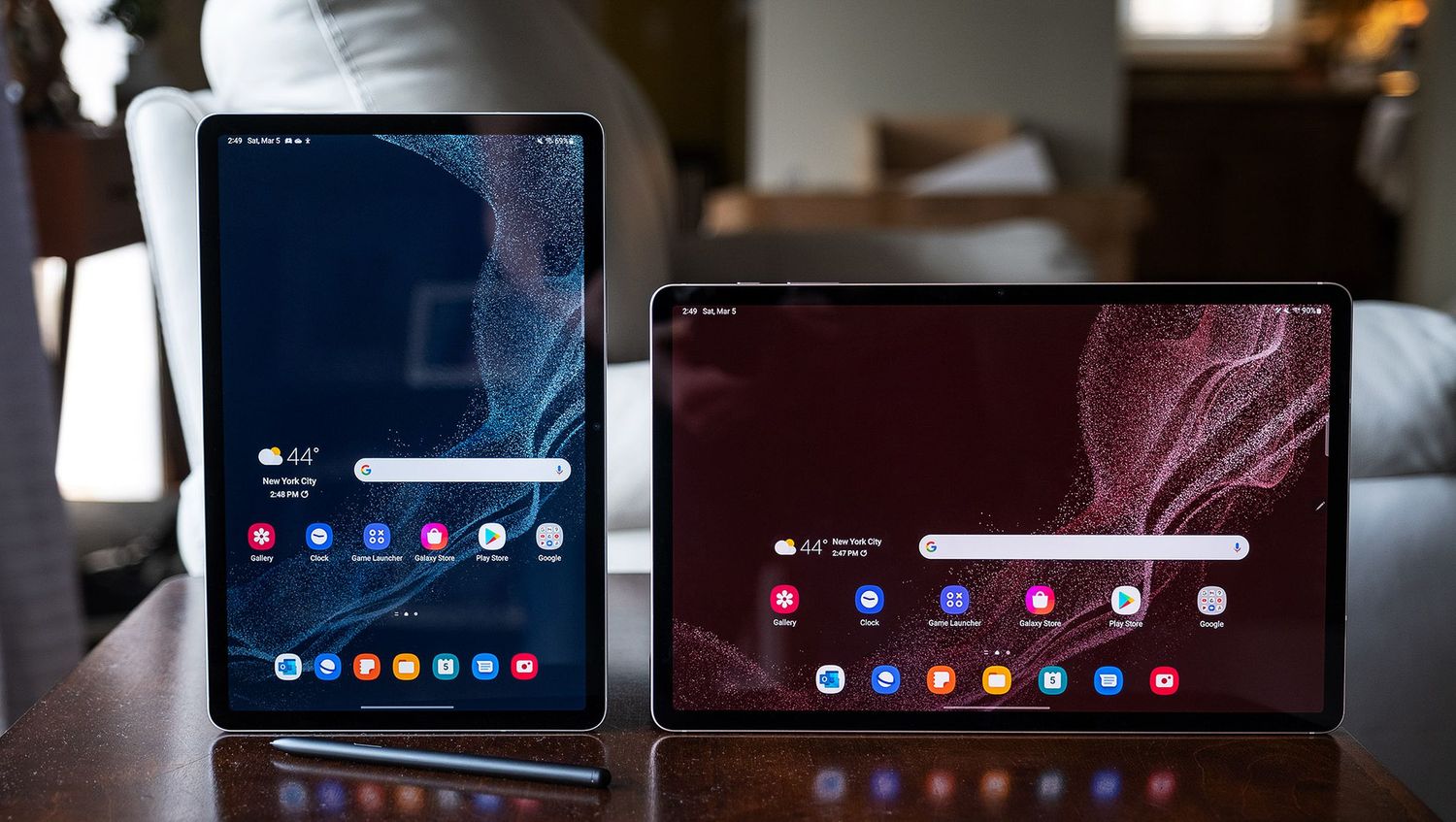
Best Android Tablet Screen Sizes
Choosing the right Android tablet screen size can be challenging, especially with numerous options available. Each screen size offers unique advantages and disadvantages. Understanding what each size provides helps in making an informed decision.
Small Screen Tablets (7-8 Inches)
Small screen tablets, typically ranging from 7 to 8 inches, are ideal for portability and basic tasks. These devices are lightweight and easy to carry, making them perfect for:
- Reading eBooks
- Browsing the internet
- Playing casual games
Advantages
- Convenient to hold in one hand
- Easily fits into a purse or backpack
- Generally more affordable
Limitations
- Slower processors
- Less storage capacity
- Not ideal for high-end gaming or HD video watching
Popular choices in this category include the Samsung Galaxy Tab S8 and the Apple iPad mini. These devices excel in everyday tasks but may struggle with more demanding activities.
Mid-Size Tablets (9-11 Inches)
Mid-size tablets, with screen sizes ranging from 9 to 11 inches, offer a balance between portability and usability. They are large enough to handle more complex tasks like:
- Watching videos
- Playing high-end games
- Running productivity software
Advantages
- Larger working area compared to small screen tablets
- Suitable for tasks requiring more screen real estate
- Preferred by business travelers
Limitations
- Not as lightweight as smaller counterparts
- Larger size can reduce portability
Examples of mid-size tablets include the Samsung Galaxy Tab S8 Plus and the Apple iPad Pro 11-inch. These devices offer excellent performance and features, making them versatile for a wide range of activities.
Large Screen Tablets (12-14 Inches)
Large screen tablets, typically measuring between 12 and 14 inches, are designed for those needing a device that can serve as a laptop replacement. These tablets are ideal for tasks requiring extensive screen space, such as:
- Video editing
- Software development
- Multitasking
Advantages
- Substantial working area
- Better multitasking capabilities
- More immersive viewing experience
Limitations
- Heavier and less portable
- Generally more expensive
The Apple iPad Pro 13-inch and the Samsung Galaxy Tab S9 Plus are examples of large screen tablets excelling in performance and display quality. These devices come equipped with powerful processors and high-resolution displays, making them suitable for demanding tasks.
Key Considerations When Choosing a Tablet Screen Size
When selecting an Android tablet, consider several factors to ensure the chosen device meets your needs:
- Purpose: Determine how the tablet will be used. Basic tasks like reading eBooks or browsing the internet may only require a small screen. More complex tasks like video editing or software development benefit from a larger screen.
- Portability: Smaller screen sizes are more portable. Larger screens offer better performance and usability but are less portable.
- Display Quality: High-resolution displays and high pixel density (at least 250 ppi) provide clear and sharp visuals.
- Performance: Ensure the tablet's processor and RAM can handle your tasks. Demanding activities like gaming or video editing require a more powerful processor.
- Battery Life: Long battery life and efficient power management are crucial, especially for on-the-go use.
- Operating System and Compatibility: Consider the operating system and ensure it meets your needs. Android offers a wide range of devices from various manufacturers, each with unique features and compatibility options.
- Price: Set a budget and balance it with the features needed. Larger screens often come with higher price tags but offer more functionality and better performance.
Choosing the best Android tablet screen size depends on specific needs and preferences. Small screen tablets are ideal for portability and basic tasks, while mid-size tablets offer a balance between usability and portability. Large screen tablets are perfect for those needing a device that can serve as a laptop replacement. By considering factors such as purpose, portability, display quality, performance, battery life, operating system compatibility, and price, you can select an Android tablet that meets your requirements and provides an enjoyable user experience.
